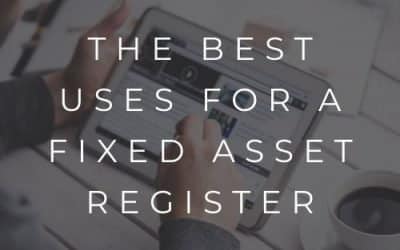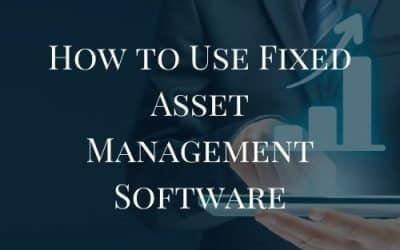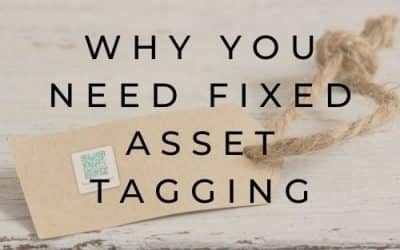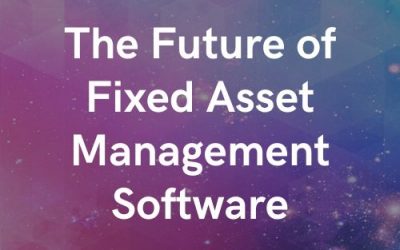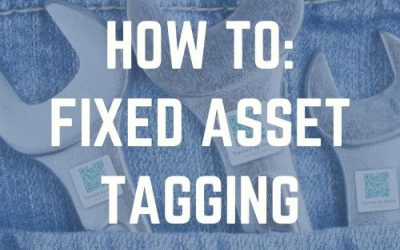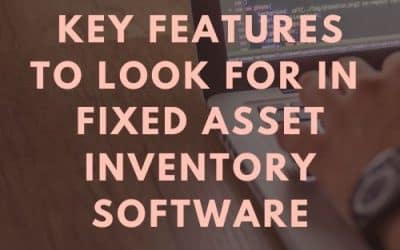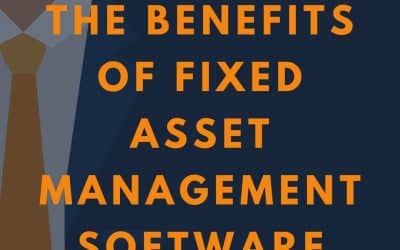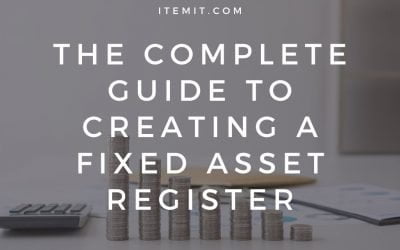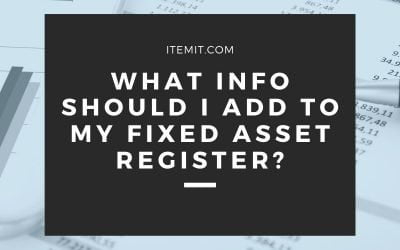Find out the best ways to use a fixed asset register to monitor assets, save time, save money, and improve your operations.
itemit Asset Tracking Blog.
Learn more about the world of asset tracking software
Topics
Industries
How to Use Fixed Asset Management Software
Find out more about how to use fixed asset management software. Save time and money by tracking your equipment with a fixed asset inventory.
Why You Need Fixed Asset Tagging
You need fixed asset tagging to save as much time and money as possible. Speed up your fixed asset management processes with better tracking.
3 Ways Fixed Asset Tracking Software Saves you Time and Money
Fixed asset tracking software saves your business money. Find out 3 ways you can use it to cut costs and speed up your operations.
The Future of Fixed Asset Management Software
The future of fixed asset management software is bright. More automation will save you more time and money. Find out more, here.
How To: Fixed Asset Tagging
Learn how to integrate your fixed asset tagging with your fixed asset management processes. Save time, cut costs, and optimise your operations.
How to Use Fixed Asset Register Software to Improve your Asset Tracking
Fixed asset register software will improve your asset tracking by giving you more control and visibility over your assets. Log what you own and lose fewer assets.
Key Features to Look for in Fixed Asset Inventory Software
Fixed asset inventory software speeds up operations and gives you more clarity over your fixed assets. This clarity allows you to save time and money. Contact us today to find out more!
The Benefits of Fixed Asset Management Software
Find out how you can save time and money with fixed asset management software. The benefits include more control and transparency over equipment.
The Complete Guide to Creating a Fixed Asset Register
Our easy to follow guide covers everything you need to know about creating a fixed asset register for your business, as well as how to get the most out of it.
What Information Should I Add to my Fixed Asset Register?
Are you creating a fixed asset register? We’ll share the key information you need to add to your asset register to help manage your assets.
What are the Benefits of a Fixed Asset Register?
The benefits of a fixed asset register include better accountability, responsibility, and higher morale in your company. You can also save time and money with a complete asset register.
Don't just track it. itemit.
Start your trial. 14 days. No risk. No credit card.

